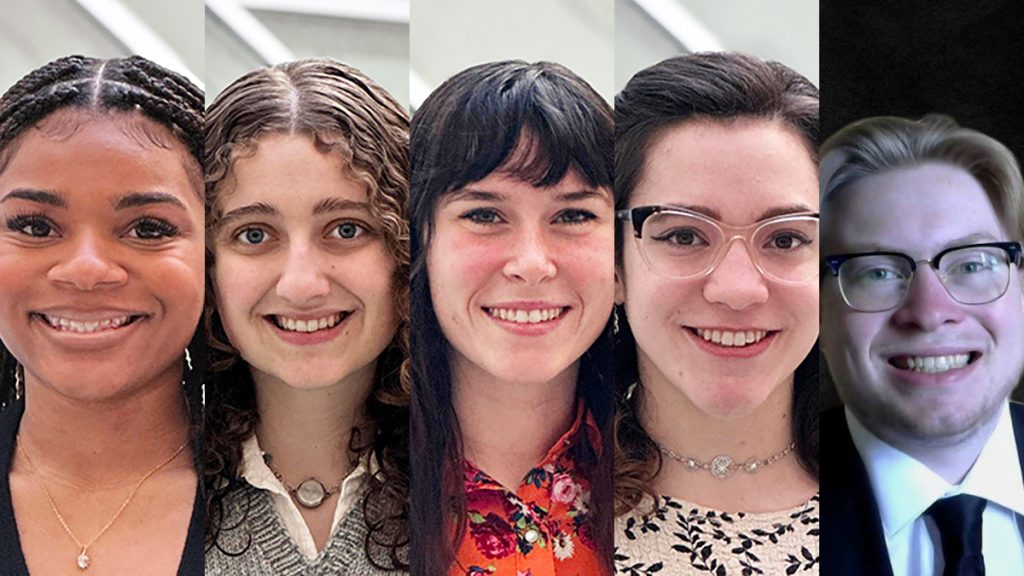
Jada Glass, Scout Hudson, Skye Lucas, Audrey Novinger, Colin Rhoads
RJI Student Innovation Fellows wrap up projects, share results with the industry
Five students at the Missouri School of Journalism have completed their Student Innovation Fellowships with the Reynolds Journalism Institute (RJI), marking the end of a summer of hands-on experimentation in five community newsrooms around the country.
But while the students’ work has ended, their projects are of ongoing relevance to news organizations looking for creative and efficient ways to grow their audiences and meaningfully connect with their communities. The Fellows presented their work in a webinar on Tuesday (available for viewing on RJI’s YouTube channel), offering an inside look into the tools and strategies they used to spark innovation.
“This year’s Fellows have helped these newsrooms engage more deeply with the people they serve, but the Fellows have also made significant impacts on the newsrooms themselves,” said Randy Picht, executive director of RJI. “The strategies and resources they have built will continue to make a difference even after the fellowships have concluded.”
Emily Lytle, editor of RJI’s Innovation in Focus series — which featured updates from the Fellows throughout their time in the newsrooms — added that the long-term value of the fellowship projects also applies to the industry at large, thanks to the public and transparent nature of the work.
“It’s replicable — that’s what we’re trying to do with these fellowships and with the Innovation in Focus series as well,” Lytle said. “How can we try something over a short period of time, learn from it and make it something that will help in the long run?”
The Innovation Fellows and their projects
Jada Glass
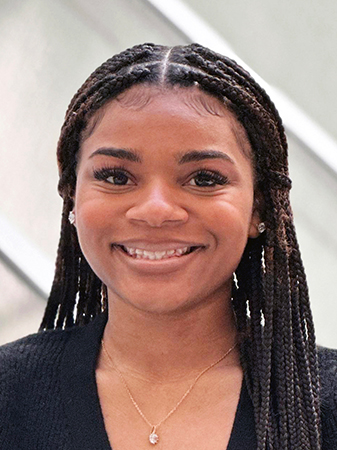
Senior Jada Glass partnered with The Houston Defender Network, a Black news source in Houston, Texas, to expand the outlet’s audience on TikTok and Facebook.
On TikTok, Glass featured videos centered around different aspects of game day preparation for high school sports teams and their fans, seeking to raise the profile of high school sports in general while encouraging the community to come together in support of the schools.
For Facebook, the goal was to reach people 35 and older, a younger demographic than The Defender Network’s typical 45 and older audience. Through a “community photo highlight” competition leveraging targeted advertising on the platform, the public was asked to submit photos that represented their communities, providing the outlet with authentic community representations on Facebook while giving community members a chance to engage with The Defender Network.
“The community photo highlight empowers local artists and strengthen community ties, and it showcases Houston’s vibrant culture through the lens of its talented residents,” Glass said. “It creates a more celebrated and connected society.”
Glass left The Defender Network with a variety of tools to keep the momentum going, including editable voting forms for future contests like the photo competition, as well as half a dozen Canva templates for use in social media and print applications.
Scout Hudson
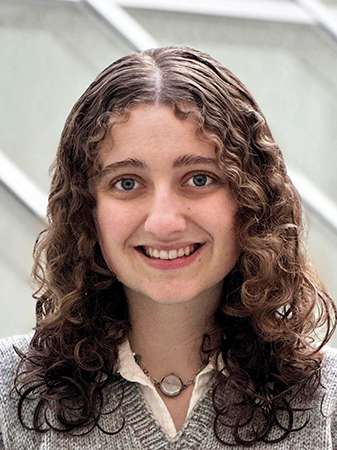
Junior Scout Hudson worked for The Hechinger Report, a nonprofit covering innovation and inequality in education. There, she helped produce translated versions of popular tools for prospective college students: the Tuition Tracker, which allows users to compare “sticker price” against actual costs at higher education institutions, and the Offer Letter Decoder, which allows for the uploading of financial aid offer letters and provides users with an easily digestible explanation of the aid they have been offered.
“These tools were not reaching a really big and growing population of students and families, which are families with limited language proficiency, or students who are English-language learners or have a native proficiency in Spanish,” Hudson said.
She also took things a step further, reaching out to relevant nonprofit organizations to both improve the tools and make them accessible to more students and families.
In a second project for the Hechinger Report, Hudson experimented with using a deeply reported story to not only expose gaps in health care access for rural Spanish-speaking children and their families, but to serve as the foundation for a series of efforts meant to create broader awareness of — and engagement with — the issues raised.
Finding that communication barriers were preventing nonprofit organizations from working together to solve the crisis, Hudson helped create an explainer detailing what the people in these organizations wished they knew. That piece will run next week alongside a webinar, during which these nonprofits can network with each other and learn more about how they can work together.
Skye Lucas
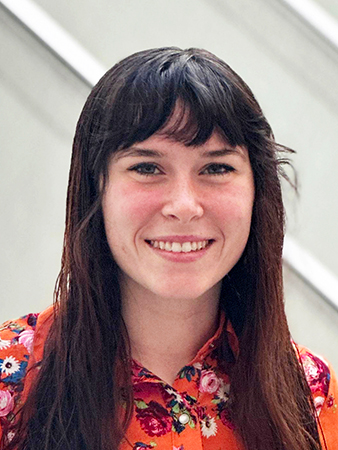
Graduate student Skye Lucas, fresh off a win for Top Student Paper at a regional AEJMC research conference in the spring, applied her skills to a different kind of experimentation at The Markup.
At The Markup, a nonprofit newsroom dedicated to technology-focused investigative reporting, Lucas helped develop a strategy for using social media not only to amplify reporting, but to actively engage users who were most impacted by that reporting. Rather than spending time and resources on creating high-quality videos and other content for platforms like TikTok and Reddit, Lucas devised a comment strategy involving personalized replies to users, such as offering a sympathetic reply to a user complaining of high insurance rates.
While the replies gave social media comments a more human touch, they also related directly to The Markup’s content, creating a broader and more welcoming path for audiences to engage with the information presented in the outlet’s articles.
“This strategy, overall, was less about driving clicks and more about sharing information from the newsroom onto these platforms,” Lucas said.
Lucas added that the experiment also provided a useful window into how news organizations can better cater their efforts to the specific nuances of TikTok and Reddit. For Tiktok, that means following and interacting with other content creators who relate to the newsroom’s focus, while using Reddit’s domain search function can unearth communities that are already interacting with the newsroom’s content.
Audrey Novinger
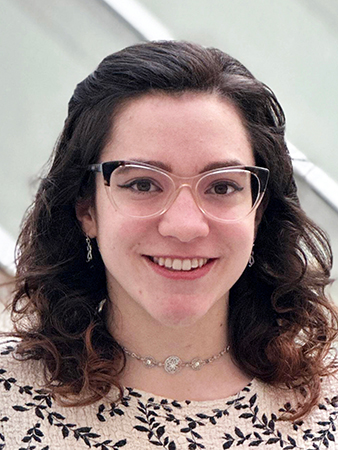
Senior Audrey Novinger worked with Next City, a nonprofit newsroom using solutions journalism to cover urban issues. She collected “impact stories” from audience members to better understand the real-life impact of Next City’s journalism.
The project included improving and promoting an existing reader impact survey — which had only received a single response before Novinger’s fellowship and jumped up to 22 responses within a week of launching the new version — as well as interviewing other nonprofit newsrooms to learn how they collect impact data.
Beyond informing the newsroom, the stories have a variety of potential uses, from showcasing them to potential funders to promoting them to prospective readers.
“We’ve seen examples of some stories being used already, but the plan is to use some of these anecdotes we’ve collected in an impact report or even highlighting quotes on the website,” Novinger said.
Based on the conversations with other newsrooms, Next City also implemented a Slack channel for staff to keep track of the impact stories and share ideas about how to use them, a move that has proven enlightening.
“I can see how impact data is useful in a lot of different [ways] for nonprofits,” Novinger said. “And that’s the benefit of using Slack, too; a lot of different people can communicate and talk about how impact is useful to them in ways that we maybe hadn’t thought about before.”
Colin Rhoads

Graduate student Colin Rhoads sought to increase the Instagram reach of 100 Days in Appalachia, a nonprofit newsroom that aims to produce representative coverage of communities throughout the 13-state Appalachia region.
Rhoads brought a structured approach to the publication’s activity on the social media platform, implementing a content calendar, prioritizing visuals and making consistent use of features like carousels and Instagram stories. He also integrated newsletter promotion into the social media content and, with the knowledge that much of 100 Days in Appalachia’s best-performing content contained an element of “Appalachian pride,” he worked to infuse Instagram posts with that same outlook.
Predictably, impressions and new followers leapt upward, but Rhoads also found that the experience revealed which type of content was most effective for the publication on Instagram.
“As we looked over the analytics at the very end, we noticed that the cultural analysis pieces — what we call our stories — were doing the best,” Rhoads said. “They were outperforming the newsletter promotions and really any other content we were doing. So I made it a very big point for them to try to get a cultural analysis piece every Sunday.”
To that end, Rhoads created templates that 100 Days in Appalachia can use going forward to turn stories and other content into successful social media posts.
Cite this article
Fitzgerald, Austin (2024, Aug. 9). RJI Student Innovation Fellows wrap up projects, share results with the industry. Reynolds Journalism Institute. Retrieved from: https://rjionline.org/news/rji-student-innovation-fellows-wrap-up-projects-share-results-with-the-industry/
